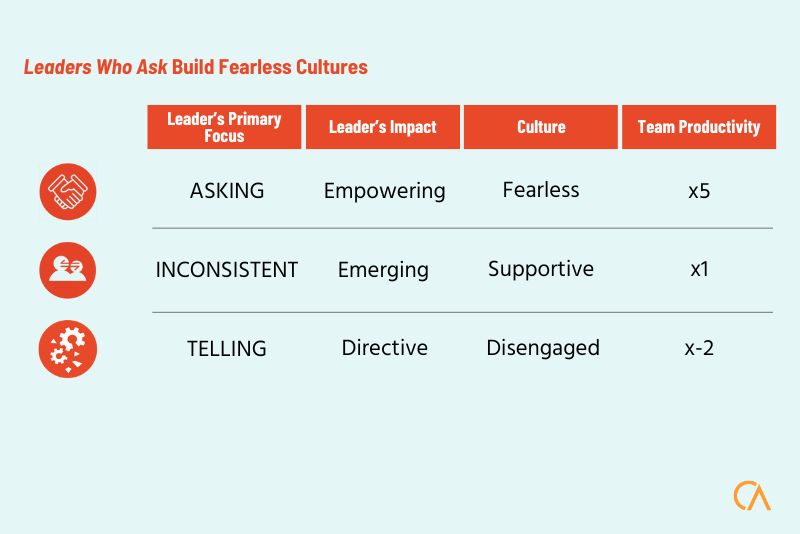
Toxic culture – we know what it feels like, but do we know what causes it? New research published by MITSloan Management Review* (March 2022) has identified the elements that move people beyond dissatisfaction and translate into employee attrition.
‘The Toxic Five Culture Attributes’ are disrespectful, non-inclusive, unethical, cutthroat, and abusive.
1) Disrespectful: Feeling disrespected has the largest impact on a person’s rating of their organisation’s culture.
2) Non-inclusive: This relates to how well a company treats diverse groups of people, including whether their representation is encouraged, they are made to feel welcome, and involved in decision making. The research considered demographic groups of gender, race, sexual identity and orientation, disability and age. If an employee talks of inequitable treatment of disability, their rating of culture goes down by 0.59 on a 5 point scale. (0.66 for LBTQI and 0.58 on race.) Other aspects of non-inclusion relate to cronyism (nepotism, favourites) and general non-inclusive culture (eg cliques).
3) Unethical: This includes unethical behaviour and dishonesty at an individual and organisation level. It also includes regulatory compliance – the company’s failure to comply with standards and regulations.
4) Cutthroat: More than lack of collaboration or cooperation, this refers to colleagues actively undermining one another.
5) Abusive: The authors define abusive management as ‘sustain hostile behaviour towards employees’, such as bullying, verbal abuse or demeaning subordinates.
What contribution is your leadership making to your organisation’s culture?
- In what ways are you showing respect for the people who report to you?
- What is your level of awareness about policies and practices that might be inadvertently non-inclusive?
- How clear is your line between expedient and unethical behaviour? What do others see? Under what circumstances might ‘healthy competition’ become cutthroat behaviour? How do you moderate this?
- Where have you tolerated bad behaviour in others, perhaps writing it off with something like ‘that’s just Anica – she’s got a few rough edges’?
You’re doing okay? Great… What are you tolerating in your direct report, peer, or even boss?
The article’s authors stress that considering culture as an average across the organisation is not enough. Instead we need to ‘assess culture at the level of individual leaders who create micro cultures within the organisation’.
It takes Fearless Leadership® to challenge the behaviour of others. Where could you step up?
Go fearlessly
STAY IN THE LOOP





